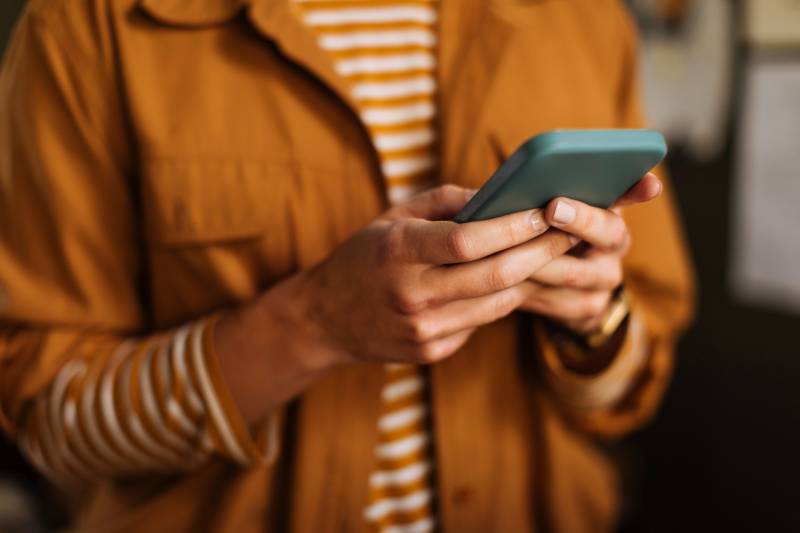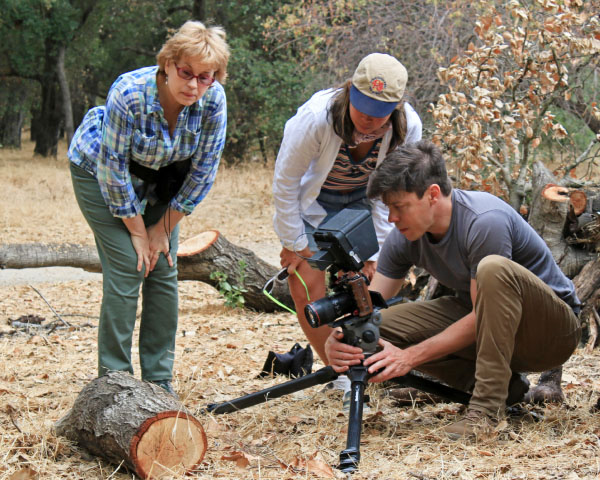Updated, 4:15 p.m. Wednesday
Do you have the MyShake earthquake warning app downloaded on your cellphone?
If you’re one of the 3.7 million Californians who do, you’ll be getting a loud earthquake test alert on Thursday morning as part of the Annual Great ShakeOut quake preparedness drill that takes place across the globe.
The MyShake app, developed by UC Berkeley seismologists and engineers as an earthquake early warning system, gets its quake data from the U.S. Geological Services (USGS) ShakeAlert system and sends an alert to phones that have the app based on whether they’re in the affected location.
This year, the timing of these test alerts and drills is particularly resonant, as Oct. 17 is also the 35th anniversary of the devastating Loma Prieta earthquake of 1989. This 6.9 magnitude quake killed 63 people and injured nearly 3,800 around the Bay Area, causing an estimated $6 billion in damage to the San Francisco-Oakland Bay Bridge, freeways and homes.
Thursday’s test alert also marks the fifth year for MyShake alerts, said Richard Allen, director of the Berkeley Seismology Lab — who noted that it’s also coming after two sizable earthquakes in Southern California.
Ahead of the 5.2 magnitude Lamont earthquake on Aug. 7, over half a million MyShake users received an alert. On Sept. 12, 425,000 people were alerted ahead of time when a 4.7 magnitude quake hit Malibu, said Allen.
Keep reading for what you need to know about this latest test alert — and more ways to get these earthquake warnings for real.
- Jump straight to: I didn’t get the MyShake test alert. What happened?
When will the MyShake earthquake test alert happen?
The MyShake app will send the test alert on Thursday, Oct. 17, at 10:17 a.m. PDT.
This phone alert will only apply to people with the MyShake app who live in California, Oregon and Washington.
What will the alert look and sound like?
The MyShake test alert will be in the form of an image that will tell people to “Drop, Cover, and Hold On.” You’ll also get an audio alert that will signify that this is a test.

